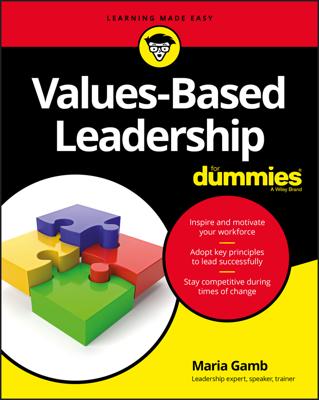Exemplifying a balanced, even-keeled presence will provide the consistency necessary for trust to be established. Trust is the absence of doubt. When the team, vendors, and investors know that you’ll consistently engage with them today and tomorrow in the same way you did yesterday, you’re giving them that certainty.
Be clear and be consistent in everything you do and how you do it.
How to engender loyalty
Trust is a partnership. It requires that all parties operate with the same intentions and by the same guidelines. It builds loyalty and commitment in the group. Throughout the years, countless teams have stuck together, even through some particularly difficult times, because they trusted their leader and one another. Commitment to one another and the process was the yield resulting from a bond of trust. Motivational speaker Brian Tracy sums it up well: The glue that holds all relationships together — including the relationship between the leader and the led — is trust, and trust is based on integrity.What binds leaders and employees is a commitment to excellence and the knowledge that they can rely on each other. This connection takes time, experience, and continued repetition to cement in place.
Stella is a top-level leader of a large multinational pharmaceutical company. Her reputation for toughness has produced a highly productive group of managers and teams. She was once asked how she manages to balance her expectations and mobilize the teams to operate at such a high level. She smiled and said that the only way people work at this level is because they trust her and they trust each other: “Trust is the default engagement tool for us. Without trust, there is nothing else.”
How to reduce social distance gaps
Social distance is the belief in the difference between “us” and “them.” To be sure, at times it’s valid to make those distinctions when it’s about context, not judgment. Social distance in the workplace, particularly now as the workplace is becoming more global, is the perception of power, distance, value, and belonging — who is “in” and who isn’t.In the case of leadership, social distance may be about which piece of real estate home office sits on. When there are multiple offices, there can be a territorial aspect to the perception of power — that where the leader works gains favor and priority. For example, if the leaders are in Baltimore, those working in the other offices located in Dallas, Dubai, Dublin, and Des Moines are prone to the isolating belief that they are secondary citizens and are less of a priority to the company. “Out of sight, out of mind” is the lament. It’s easy to feel a sense of uneasiness or mistrust of those you don’t see on a daily basis, or to create a sense of “them” being an enemy. The unknown isn’t always something people can feel at ease with or trust. Therefore, it’s important to address any social distance issues immediately.
Social distance in this case can be resolved through inclusion and communication:
- Unify: Continually steer the focus back toward common goals, challenges, and opportunities.
- Puzzle pieces: Illustrate, often, that each team in each office makes an important contribution to the total goal. Highlight these interlocking pieces to the leaders on the ground and the staff regularly.
- Consistently communicate with clarity: Communication is a key attribute of a values-based leader. Communicate goals, missions, plans, and contributions regularly.
- Who, me? Seek to find ways to include leaders and managers from other offices in your plans. Doing so amplifies your emphasis on inclusion and promotes a feeling among everyone that they are making contributions.

